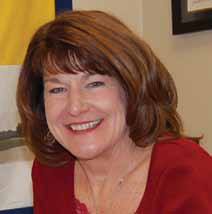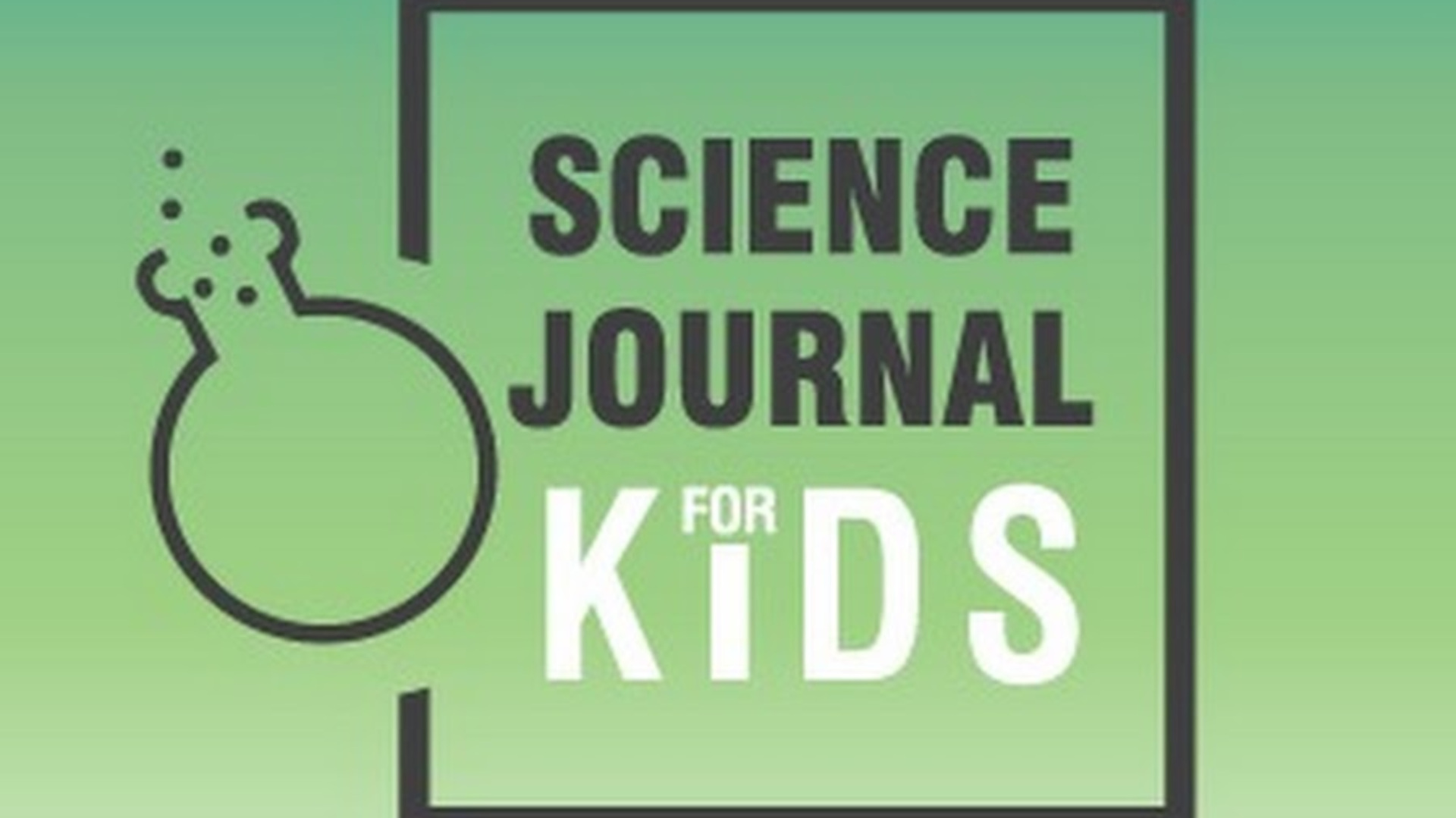CIO Profile: Debbie Sullivan

Quick Bio
Name: Debbie Sullivan
District: Debbie spent 28 years in Decatur Township, an urban school district in Marion County, IN, spear heading staff development, curriculum, assistant superintendant and rounding out her time in the district by serving as the superintendent until her retirement in late July.
As a Curriculum Mapping Institute speaker at the recent School Improvement Innovation Summit 2013, Debbie Sullivan’s definition of the curriculum mapping process aligns with that of her colleague and CMI Executive Director, Heidi Hayes Jacobs, EdD.
“We need to make curriculum maps something beyond just those old curriculum binders we stuck up on the shelf,” she says. “The mapping process should create a living, breathing curriculum in a form that is accessible to all the teachers, so that we can all use the information together to make instructional decisions to improve our student achievement.”
Sullivan knows a little about this topic, having spent 35 years in education. She started as a 1st-grade teacher and continued her career donning nearly every hat possible as both elementary and middle school teacher, administrator, spearheading staff development, curriculum, assistant superintendant and rounding out her time in the district by serving as the superintendent until her retirement in late July.
The past 28 years of her career was spent in Decatur Township, an urban school district in Marion County, IN. This district employs 300 teachers and serves 6,300 students, of whom 10% are minority and 65% receive free or reduced-priced lunch. Decatur’s students learn at two high schools (one, a small “New Tech” school), two middle schools, five elementary schools, and one early childhood center.
“We started our curriculum mapping process with Dr. Heidi Hayes Jacobs 10-12 years ago as part of our Journey Toward Excellence. [We looked] at the curriculum and created calendar based study units to build a collaborative inquiry culture where we are all working together,” she says. “We use curriculum software, Rubicon Atlas. As we’re looking at the Common Core transitioning and carefully considering how they’re upping the ante for what our students needs to do [and how] the curriculum mapping process can really support that work. If you’re using the software in a school or district, it makes it more accessible for communication, [revisions , and upgrades.]
Tech & Learning Newsletter
Tools and ideas to transform education. Sign up below.
“Our current curriculum was always aligned to state standards. As we’re creating new units based on Common Core [standards], or integrating them into current units, it gives us a wonderful opportunity to look at the potential upgrades. As we’re digging in, we can look at the past and shed the old content we don’t really need, and think about what we can do better for the future to upgrade the assessments (which we’re going to need for PARCC and Smarter Balanced) and quality of teaching in our classroom.”
Selling change is not always easy, particularly when political decisions and uncertainty throw a hiccup into the process.
“Based out of Indianapolis, we’re supposed to be implementing Common Core 100% in K-1st [grade] this year and next year for 2nd [grade]. Our district has been spending the last year creating our core maps using the Common Core to be ready for the transition…but Indiana (the legislature and the Superintendent of Public Instruction) has now paused for a year, putting the schools and district in a dilemma for all the work already done. Other schools prepare for PARCC and Smarter Balanced, only to be told they are no longer a PARCC state.”
“The biggest obstacle is time. The second is communication and getting everyone on the same page. But it is a part of our obligation as professionals to figure out how to do that and move forward with it.”
Sullivan’s district employs a Curriculum Council of 50-60 teachers and administrators to learn the Common Core in depth and make decisions.
“We can’t not do it because we don’t think we have enough time or we don’t agree with it.” she says. “It is where we are going and, in my opinion, the Common Core really is good. When you think about the College Readiness Anchor Standards and practices, increases in the Lexile expectation—if we don’t embrace and figure out how to move forward, we are doing a disservice to our students. It’s here. Now how are we going to meet the needs of our kids?”
Sascha has nearly two decades of experience as a freelance journalist writing for national magazines, including The Washington Post, LA Times, Christian Science Monitor, National Geographic Traveler, and others. She writes about education, travel and culinary topics.

